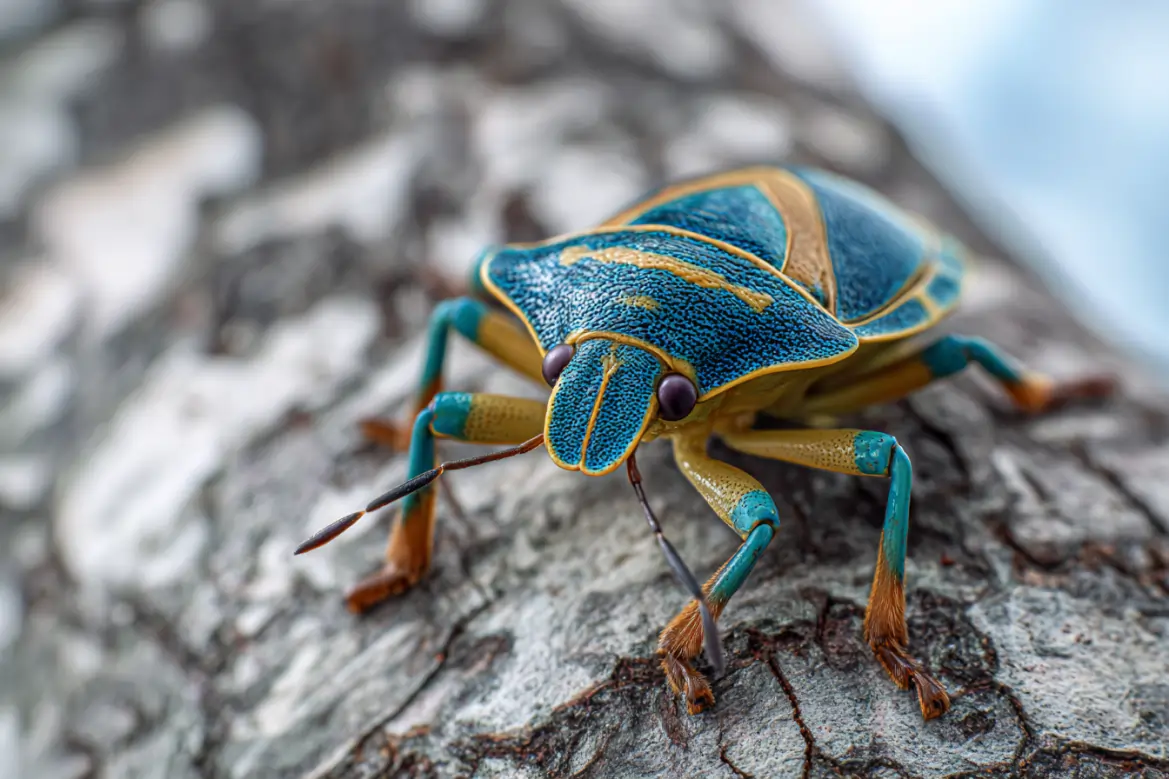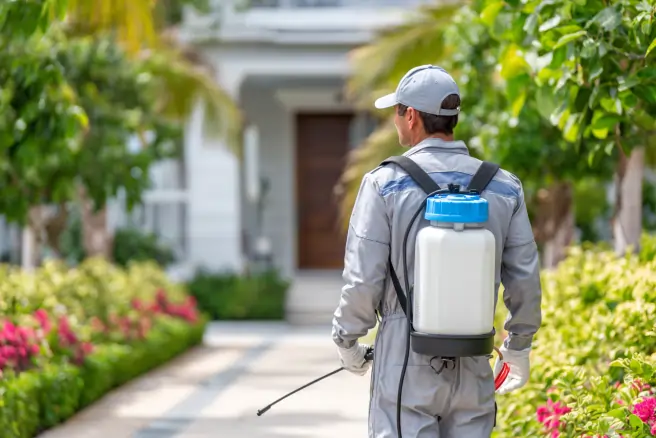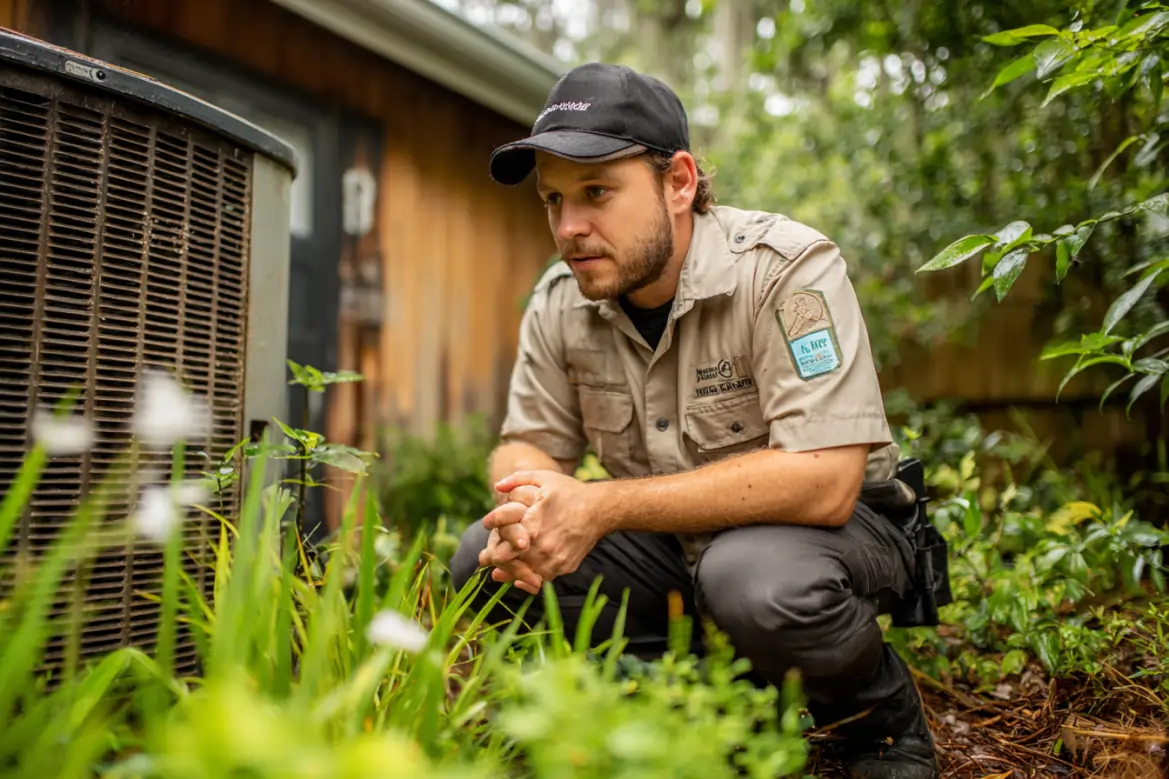
Deltona, Florida, captures the essence of Central Florida living with its family-friendly neighborhoods, quick access to Lake Monroe, and a relaxed vibe perfect for weekend boating or backyard cookouts. As October 7, 2025, ushers in cooler evenings after the sticky summer and the recovery from last year’s storms like Milton, homeowners are shifting focus to fall maintenance. But one threat that doesn’t take a seasonal break in Deltona is termites. These wood-eating insects love the area’s sandy soils and high groundwater table, tunneling under elevated homes and causing thousands in damage each year. Volusia County extension services report a steady rise in termite calls during the transitional months, when rains soften the ground and make it easier for colonies to expand.
For Deltona residents with raised foundations or crawl spaces—common in the city’s older homes near the St. Johns River—termites pose a sneaky risk. They can eat through beams and joists without visible signs until the structure weakens, leading to costly repairs averaging $3,000-10,000. The good news is prevention is straightforward with soil barriers and regular monitoring, and you don’t need harsh chemicals to do it effectively. In this guide, we’ll explain why termites target Deltona elevated homes, walk through soil barrier options, share monitoring techniques, and offer tips for keeping your property safe. By the end, you’ll have a plan to protect your investment and enjoy worry-free lakefront living. Let’s dig in and stop those tunnels before they start.
Why Termites Love Deltona’s Elevated Homes
Deltona’s location in Volusia County, with its flat terrain, sandy-clay soils, and proximity to lakes and rivers, creates prime termite territory. Subterranean termites—the most common type here—thrive in moist soil, tunneling up to 30 feet to find wood. Elevated homes, built on piers or blocks to handle flooding, often have crawl spaces that stay damp from groundwater or poor drainage, giving termites easy access to floor joists and subfloors.
Local conditions make it worse: The area’s 52 inches of annual rainfall keeps soils saturated, especially in October when transitional rains hit. High water tables near Lake Monroe mean moisture rises easily, and the mild winters (rarely below 50°F) let colonies grow year-round. Fire ants and other soil pests can even coexist with termites, creating more entry points. Signs of trouble include mud tubes on foundation piers, discarded wings near windows, or hollow-sounding wood when tapped. If ignored, a single colony can consume a 2×4 board in months, weakening your home’s structure.
Prevention saves big—treating early costs $500-1,500 versus $5,000+ for full repairs. Focus on soil barriers to block access and monitoring to catch issues fast. With Deltona’s growing suburbs, like those in the Lake Butler area, more homes are at risk, but simple steps can keep termites at bay.
Soil Barriers: Creating a Chemical-Free Defense Line
Soil barriers are your first line of defense against subterranean termites—they treat the ground around your home to kill or repel insects before they reach the structure. In Deltona, where elevated homes have more exposed soil under crawl spaces, these are especially useful and can be done without strong pesticides.
Liquid Termiticides: Non-repellent liquids like fipronil or imidacloprid ($50-100/gallon) form a treated zone in the soil. Mix according to label (usually 0.06% solution) and apply with a sprayer around the foundation perimeter, trenching 6 inches deep and 4 inches wide. For elevated homes, focus on pier bases and crawl space edges—cover 10 feet out from the house. It creates a barrier lasting 5-10 years and is safe for nearby lakes if applied correctly. Reapply every 5 years or after heavy flooding.
Bait Stations: Sentricon-style systems ($1,000-2,000 install, $300/year monitoring) use cellulose stakes laced with insect growth regulators like hexaflumuron. Place 15-20 stations around the yard, buried 6 inches deep near soil grade. Termites eat the bait and share it with the colony, stopping reproduction in 3-6 months. Ideal for Deltona’s large lots—pros monitor quarterly. It’s eco-friendlier than liquids, targeting only termites without broad soil impact.
Physical Barriers: Stainless steel mesh ($200-400/roll) installed under slabs or around piers blocks termites physically. For crawl spaces, lay 20-mil plastic sheeting ($0.10/sq ft) as a vapor barrier, topped with gravel for drainage. Combine with orange oil soil drench ($20/gallon) for natural repulsion—mix 1:1 with water and pour around foundations. Effective 80-90% when installed during construction or renos.
Cost breakdown: DIY liquids $100-200 for 1,500 sq ft; baits $300/year. A Lake Winona homeowner used mesh barriers during a crawl space redo and hasn’t seen termites in 4 years. Barriers work best combined—start with liquids for quick protection, add baits for ongoing control.
Monitoring Techniques: Catching Termites Early
Barriers slow termites, but monitoring spots them before damage starts. In Deltona’s elevated homes, where crawl spaces hide activity, regular checks are key.
Visual Inspections: Walk the perimeter monthly—look for mud tubes (pencil-thin dirt tunnels) on piers or walls, or frass (sawdust-like droppings) near wood. Tap joists with a screwdriver for hollow sounds. In October, check after rains when soil softens and termites move.
Moisture Checks: Use a pinless moisture meter ($20-50) in crawl spaces—over 20% RH means risk. Place it near foundations and piers; log readings in a notebook. For lakefront homes, test under decks where water pools.
Bait Monitors: DIY stations with cardboard soaked in water ($5/setup)—place 10-15 around the yard. If termites swarm it in 2-4 weeks, it’s time for treatment. Commercial monitors like Firstline ($30/pack) use cellulose lures and are easy to check.
Professional Scans: Annual termite inspections ($100-150) use thermal imaging to spot heat from active colonies. In Deltona, schedule in spring and fall—post-rain is prime time.
One Osteen resident’s monthly moisture checks caught a damp spot under his home early, saving $2,000 with a quick barrier refresh. Monitoring costs little ($50/year DIY) but prevents big headaches.
Additional Prevention Tips for Deltona Elevated Homes
Beyond barriers and monitoring, daily habits keep termites away. In Deltona’s humid climate, focus on moisture and wood protection.
Manage Moisture: Ensure gutters direct water 5-10 feet from the house—clogged ones cause foundation leaks. Grade soil away from piers at 2% slope; add French drains ($10/ft) in low spots near lakes.
Protect Wood: Use borate-treated lumber ($1/extra per board ft) for any repairs—it’s natural and repels termites. Keep mulch 12 inches from the foundation—termites use it as a bridge.
Yard Maintenance: Trim trees and shrubs away from the house—branches provide access. Remove dead wood piles, which attract swarms.
Seasonal Focus: In October, inspect after first rains; spring is swarm season—double-check baits.
A Cassia crawl space owner added borate to new joists and kept mulch back, going termite-free for 5 years. These tips cost $100-300/year and integrate easily with barriers.
When to Call a Professional: Signs It’s Beyond DIY
DIY barriers and monitoring handle prevention, but active infestations need experts. Watch for swarms of winged termites (spring sign), sagging floors, or buckling walls—call if you see any. In Deltona, pros use IPM with low-tox options like nematodes ($200/treatment), safe for lakeside lots.
Expect $800-2,500 for treatment—cheaper than $10,000 repairs. Volusia recommends licensed applicators for eco-safe methods. If termites persist after baits, don’t wait—structural damage escalates fast.
For termite basics, see the University of Maryland Extension’s Termite Guide—it’s practical for Florida conditions.
Conclusion: Keep Termites Out of Your Deltona Home
Termites don’t have to undermine your elevated home in Deltona. With soil barriers like liquids or baits, regular monitoring with meters and inspections, and simple habits like moisture control, you can prevent tunnels and protect your property. Start this October—check your crawl space, apply a barrier if needed, and set up a monitoring routine. Your lakefront lifestyle stays worry-free, and your home stays strong for years to come.
Have termite tips from your Deltona yard? Share in the comments—we’re here to help each other out.



